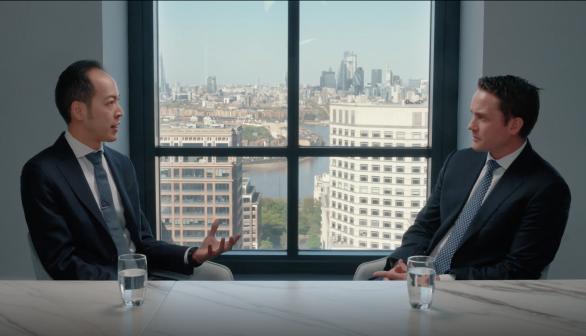Insights
Featured Insights
Our insights into investment themes across our businesses and where we see opportunities to create value over the long term.
All Businesses
All Insights
Date
Link copied to clipboard!





